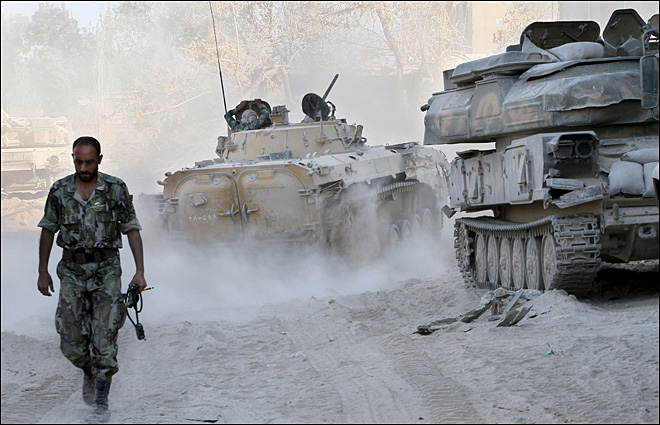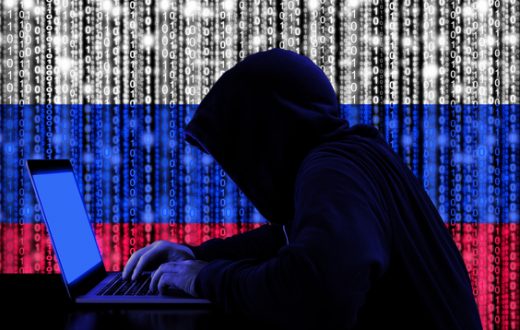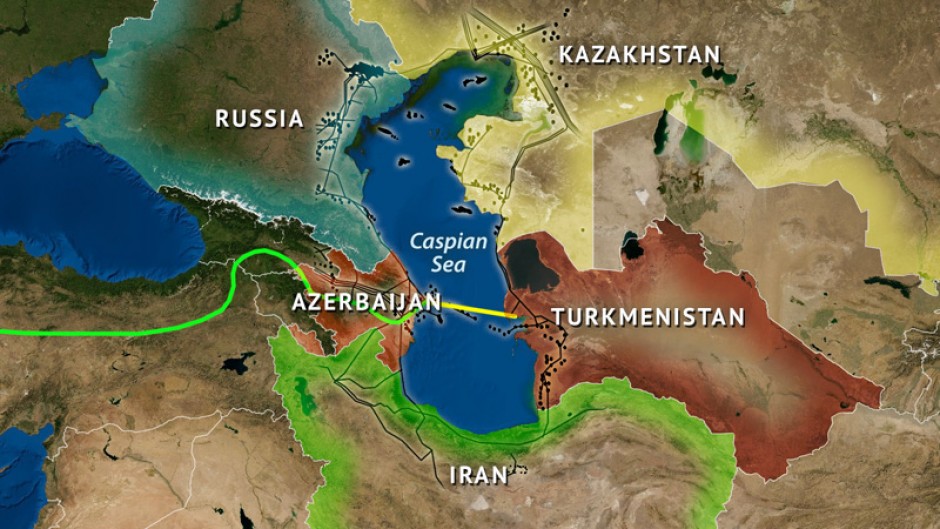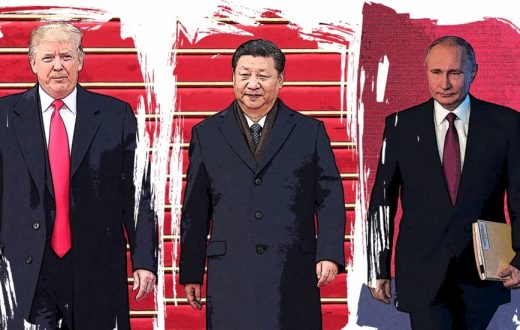As the cease-fire in Syria crumbles, negotiations over another area of contention between Moscow and the West — Ukraine — seem to be faring better. At a meeting in Minsk on Wednesday, representatives from Ukraine, Russia and the Organization for Security Co-operation in Europe (OSCE) reached an agreement to withdraw troops and equipment from specific points along the line of contact in eastern Ukraine. On Thursday, Ukraine’s representative in the talks announced that the disengagement would begin sometime this week. Though several cease-fire agreements have been made and broken since the fighting in eastern Ukraine began in 2014, this deal stands a much better chance of surviving.
For one, it represents a marked departure from previous attempts to stop the fighting. Unlike previous cease-fires, which have applied to the entire battlefield, the new truce addresses only three areas of dispute along the line of contact: the Luganskaya, Zolotoe and Petrovskoe settlements. Furthermore, it requires Ukrainian and separatist forces — along with their weapons and military vehicles — to withdraw 1 kilometer (0.6 miles) from the line of contact in these areas within 13 days, under the constant observation of OSCE monitors. Each of these provisions will make the new cease-fire agreement easier to enforce and sustain. And if all goes well in the first three settlements, negotiations to implement a similar withdrawal and disengagement process in other areas of the conflict will begin. This gradual approach will facilitate the peace process, allowing contentious negotiations over strategic hotspots such as Avdiivka to take a backseat for the time being.
More than the many previous attempts at peace, the latest cease-fire deal could lay the groundwork for serious progress in the deconfliction process in eastern Ukraine. What’s more, it suggests that the United States and Russia’s efforts to make headway over contentious issues before President Barack Obama leaves office — and before the European Union votes again on whether to extend its sanctions on Russia — are paying off. Even so, as the Syrian cease-fire has shown, making meaningful political, or even tactical, progress toward ending these conflicts is easier said than done. Major obstacles remain in the way of a resolution to the Ukrainian conflict. In fact, Kiev and Moscow are still at odds even over how to begin the process outlined in the Minsk protocols. Ukraine maintains that Russia and the separatists adopt key security provisions before any political changes are made, while Moscow is no less adamant that Ukraine must first recognize and grant greater political autonomy to Donbas.
At the same time, the West is also divided over how to handle the Ukrainian conflict. Though the United States has stood firm in backing Ukraine and pressuring Russia, several countries in the European Union are losing interest in maintaining sanctions on Moscow and have called on Ukraine to do more on its end. U.S. Vice President Joe Biden said Wednesday that no fewer than five EU members were prepared to relax the sanctions on Russia, adding that the United States had appealed to Germany, France and Italy to continue the measures. Russia may try to take advantage of the growing discord in the bloc by cooperating only to the extent necessary to influence the sanctions vote without making major concessions over the Minsk accords.
Therefore, despite the promise that the new cease-fire agreement shows, the conflict in Ukraine — and the deadlock between Russia and the West — is far from settled. Nevertheless, the latest withdrawal agreement proves that a concerted effort is being made to at least reduce the violence in eastern Ukraine.








